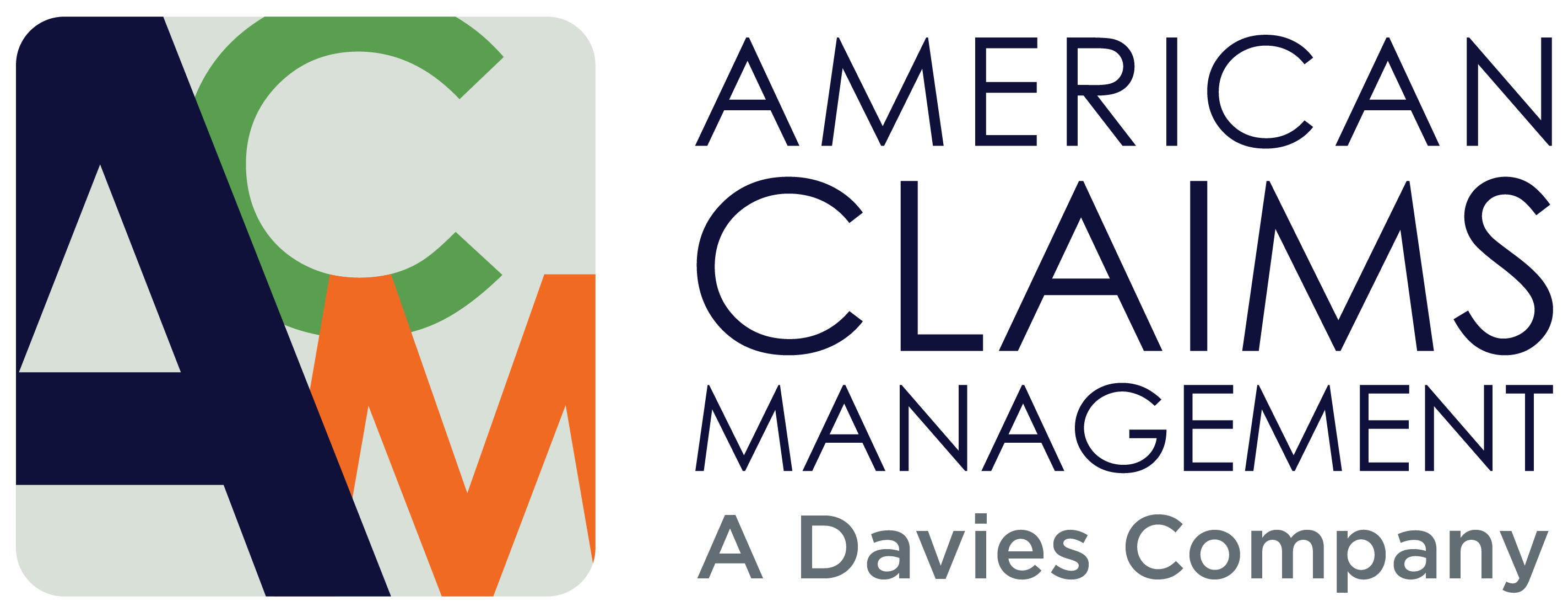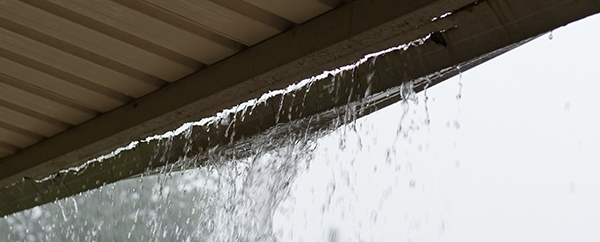Employee safety tips for business clean-up after a natural disaster
Hurricanes. Tornadoes. Floods. Earthquakes. Fires. Storms. Various parts of the country endure the brunt of Mother Nature’s tantrums at different times. Prepare now with these tips for business recovery after a natural disaster, to protect both employees and property.
According to FEMA, more than 40 percent of businesses don’t reopen after a disaster. And those that do reopen may take days to months to get back to business.
As an insurance company or self-insured entity, you see it first-hand: your clients are deeply stressed. If you’re self-insured, you’re deep into the stress zone. In many cases, you and your employees have lost homes and vehicles (or at least incurred damages). Your business is severely damaged and shut down for who knows how long. You need to get back up and running as soon as possible. When emotions run high, it can be difficult to think clearly. That’s why you should prepare now and know your next steps to get back to business.
These tips are compiled from the Insurance Institute for Business & Home Safety (IBHS), Polygon Group, Zurich and Forbes. The faster you can resume some level of normal operations, the quicker you can restore income, jobs, and the products and services your community needs. Use these steps to reopen as quickly as possible – ideally, ahead of the competition.
Safety tips in the immediate aftermath
Put safety first. Use utmost caution when entering a damaged building. If there is serious structural damage, contact local officials before entering. Report downed power lines or gas leaks. If the building was flooded, keep electricity turned off. Watch for snakes and other creatures that may have found a dry refuge in high spots in the building. If flooding is still present, wear waterproof boots or waders, because flood waters are a breeding ground for all sorts of bacteria that you don’t want on your skin.
Protect property from further damage. Not only does your business need protection from the elements, but you’ll also want to protect against looters. This could mean boarding up windows, putting a tarp over holes in the roof, adding extra padlocks to doors and salvaging undamaged items. Know what temporary repairs and protective measures your insurance will pay for.
Report the loss as soon as possible. Keep handy the claims contact information you’ll need to get started, including your policy number. Be ready with a general description of the damage. Photos taken with your smart phone are invaluable. Be sure to jot down your ACM adjuster’s name, phone number and work schedule.
Prepare a list. Again, use smart phones to photograph and/or videotape losses. Keep damaged items or portions of them for your claims adjuster to view. Provide the adjuster with a list of damaged or lost items.
Related: How to minimize risk by creating a business continuity plan
Protect workers
Typically, cleanup and recovery operations fall to you and your employees. Minimize hazards to your team as they begin clean-up to get back to business. Before anyone gets started, communicate any dangers and hazards to watch for. This may include downed power lines, wildlife taking refuge in the structure, standing water which may mask other issues, still-live embers, structural damage or chemical spills. Isolate unsafe areas with physical barricades or other means, such as signs, to restrict access.
Emphasize caution regarding any standing water, which may camouflage holes and tripping hazards. Live electrical lines, shorted wiring and interior electrical systems near standing water can cause electrocution. Because waste products or toxic materials can be carried by water, workers should also be mindful of protecting exposed skin, face and eyes.
Employees should be dressed appropriately for the hazards: hard hats, safety glasses, heavy work gloves and sturdy boots or shoes. If chemical spills or animal or human waste is present, provide disinfecting solutions to be used prior to eating/drinking and at the end of the shift. Workers should also be trained in the proper use, cleaning, decontamination and maintenance of personal protective equipment. First aid kits should be on hand to quickly attend to any issues.
Typically utilities are shut off after a natural disaster, but don’t assume that’s so. Confirm with authorities that conditions are safe before attempting any clean-up. Treat any downed power lines as “live” until utility companies confirm that power is off.
Frequent breaks are essential, particularly when workers are performing stressful functions and in extreme heat. Workers need at least 15 minutes of rest per hour; in extreme heat, even more. Otherwise, concentration and judgment may be adversely affected.
If you’re using a generator, it should be adequately vented. Using power tools? Your electrical supply should be equipped with GFI protection. Guards and safety devices should be in place for all equipment, such as chainsaws. Avoid using extension cords in wet areas.
Zurich provides a more in-depth guide for worker safety during recovery operations, covering such risks as chemical spills, confined spaces or working at heights.
Related: ACM’s Ridgecrest CA earthquake response
Steps for longer-term business recovery after a natural disaster
Assess further damages. Note building damages (windows, doors, roofing, siding, entry areas and signage.) Inspect more closely damage to equipment, inventory, raw materials, etc.; photograph and compile a list for the adjuster.
Inspect the building. If you own the building, have it inspected by structural engineers and contractors to determine its safety and the extent of the damage; otherwise, work with your building owner to have the building inspected. Regardless if you’re the property owner or not, you are responsible for the safety of employees, customers and anyone else on the premises.
Keep receipts. Keep records and receipts for all additional expenses, including temporary repairs, permanent repairs and any costs for temporarily relocating your business.
Return claim forms. Fill out and return the forms as soon as possible, with all documentation, receipts, photos and videos requested.
Clean up. Claims adjusters may instruct you to hire a professional cleaning service or disaster recovery service to begin restoration. If damage is minimal and you or your employees are involved in clean up, use safety items such as proper eyewear, gloves, hardhats and dust masks/respirators. After salvaging untouched items, separate from the damaged stock. Once cleared by the adjuster (and local authorities, if required), remove debris as soon as possible to remove hiding places for unwanted creatures and prevent mold growth.
Plumbing and sanitation systems should be repaired immediately. If the workspace has a kitchen, inspect oven hoods and other ventilation devices for clogs and to ensure they’re working efficiently. Discard perishable food. If your business is a food service, keep a list of these items as part of inventory.
Restore utilities. Restoring electricity, water, gas lines, Internet and phone service should happen as soon as possible. Ensure fire sprinkler systems are back up and running as quickly as possible.
Data recovery. Polygon Group suggests removing hard drives and contacting a company specializing in hard and soft disc recovery. Do not turn on computers, they say, if there’s been any chance that they came in contact with water.
Choose contractors carefully. Use your adjuster as a resource; you may also have a list of contractors that you’ve vetted or used in the past. It’s best not to hire someone who shows up on your site, soliciting business.

